.jpg)
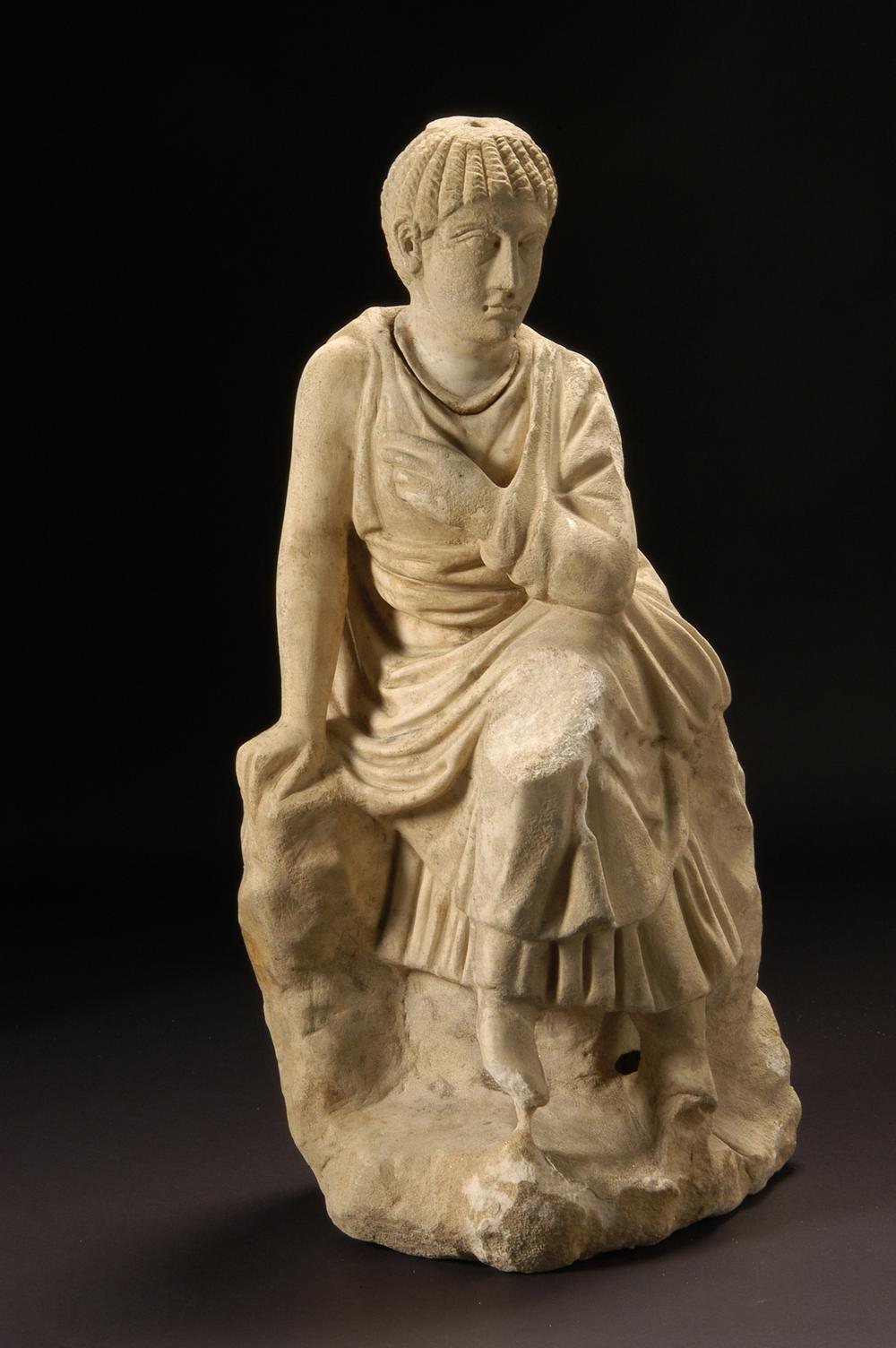
(1/ )
Early Imperial [27 / 235]
From the face the melancholy
Seated in a complex attitude, this young girl is akin to a group of sculptures depicting seated figures, the earliest examples of which date back to the Classical period (in the image of the seated Penelope or the Suppliante Barberini). His hairstyle, known as "melon ribs," was particularly fashionable in the 2nd century in the Empire. The strands were to meet in a bun, which has now disappeared, at the top of the skull. With her eyes lost in the distance, the girl's face is animated by a vague melancholic expression. This calmness contrasts with the intricacy of the draperies and hair, reinforcing the decorative effect of this sculpture, which must have adorned the garden of a wealthy Roman residence.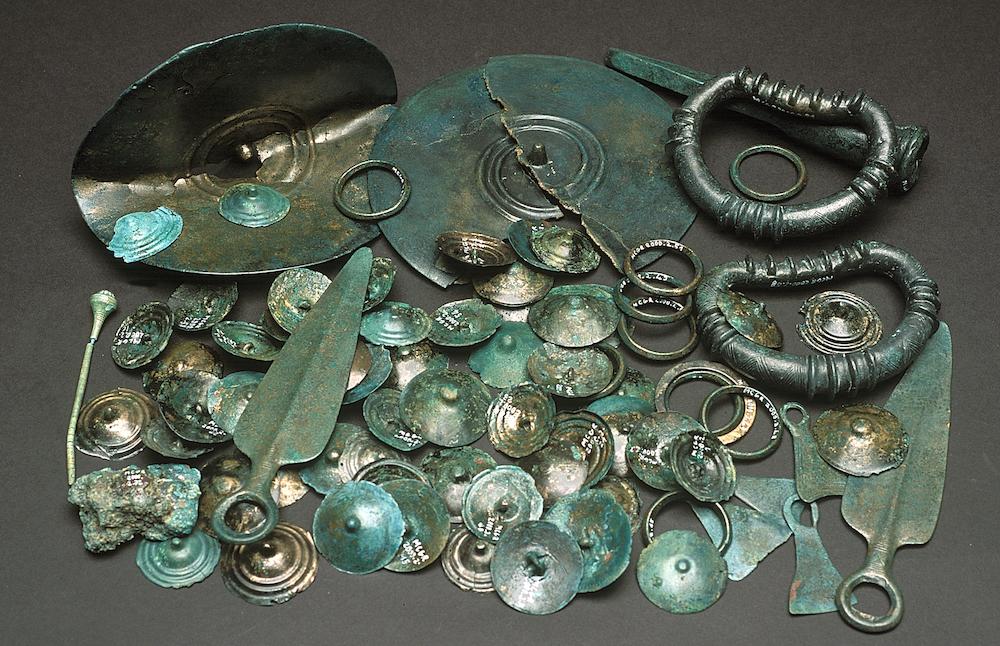
(2/ )
Final Bronze Age [- 1400/ - 800]
In the middle Rhone Valley, bronze metallurgy appeared around 2100-1900 BC. At Saint-Priest, in eastern Lyon, on the Feuilly site, archaeologists have unearthed two deposits of bronze objects. The first, contained in a terracotta vase, contains 80 objects, essentially elements of adornment. The second contains nearly 700 pieces, also many objects of adornment (pendants, bracelets, pins...) but also weapons and tools (axes, sickles). Some pieces are intact, others have been deliberately twisted or broken. Deposit made up of 80 pieces of metal: - 67 sconces and rings - 8 pendants and discs - 2 bracelets - 1 socket chisel - 1 pin - 1 fragment Although Bronze Age deposits are numerous (more than a thousand in France), their nature is still the subject of debate. Many containing carefully selected objects, sometimes intentionally broken, traditionally interpreted as "smelter's caches", simple stocks of metal destined to be recast, could have had a votive function, linked to a cult.

(3/ )
Bas-Empire [235/ 476]
Shelter!
Rassembling various objects, the Vaise treasure [Lyon 9th arrondissement] consists of two deposits discovered on the edge of the ancient city, in the remains of a suburban Gallo-Roman villa. The term "treasure" is defined not by its preciousness, but rather by a desire to store goods, keeping them safe from threat. Also, the Vaise treasure, including elements of statuettes, silver tableware and coins, as well as gold jewelry, can be associated with an episode of crises. According to the analysis of the coins, one of the possible hypotheses is that of a treasure amassed by a Roman soldier dating from shortly after the year 268. This date would then be in the middle of the "Cyprian plague", but also in a context of barbarian invasions and military anarchy. Beyond its value, this treasure is therefore above all a witness to a period of rare violence.
This set combines objects of various kinds: statuettes, crockery, coins and jewelry. Two distinct deposits were found under the floor of a house. One contained three statuettes of divinities in gilded silver plate (Apollo, Fortune and a bird goddess), a small male bust (emperor?), various fragments of statuettes and two silver bracelets. The other, three silver dishes, a batch of 14 spoons and 81 silver coins, as well as jewelry: a necklace (gold and emerald), two gold bracelets, two pairs of earrings (gold, emerald and gemstones), two gold rings and a gold coin mounted as a pendant (aureus of Gordian III, struck in 242). Numismatic study allows us to date the burial of this deposit to the 260s.
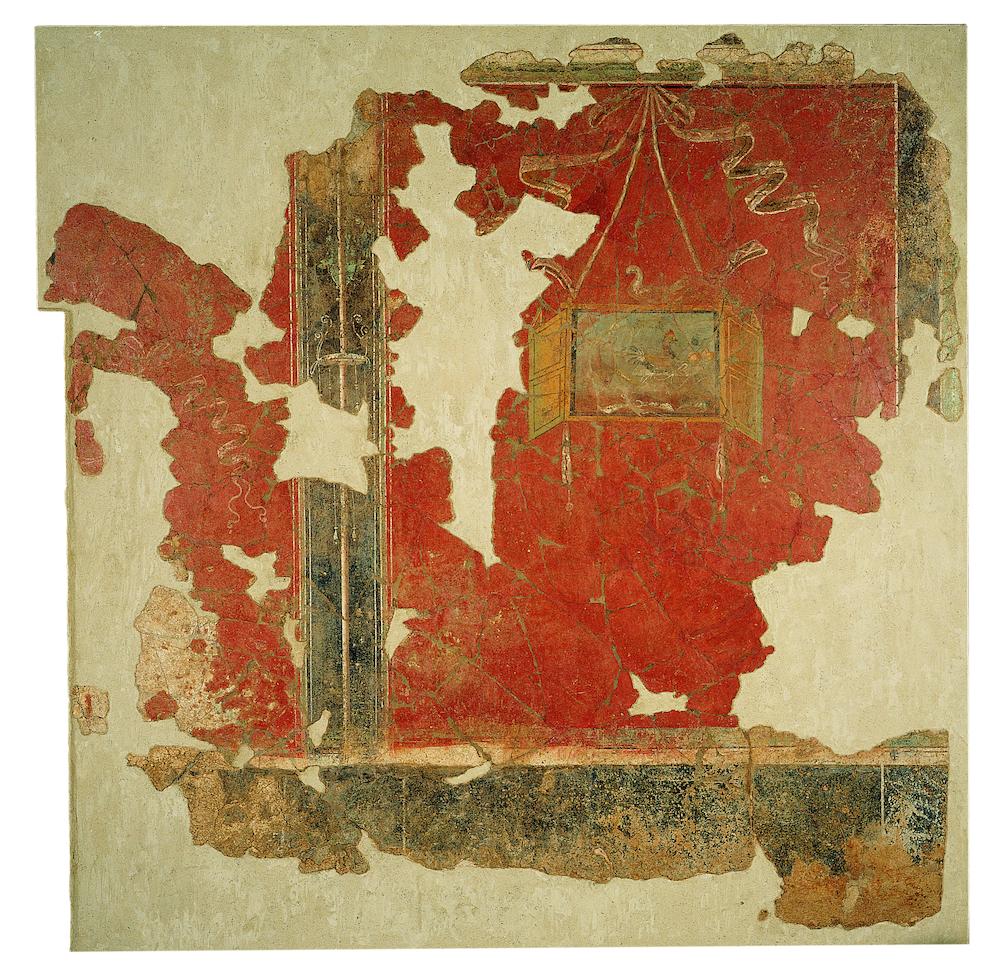
(4/ )
Early Imperial [27 / 235]
The painted decoration of a room in the Xenia house was reconstructed thanks to fragments of plaster collected during the demolition of the building. The restored panel shows a still life painted on a small board with flaps and suspended by ribbons. It depicts a rooster, with its legs tied, on a shelf with two fruits; a jug decorated with a ribbon, two fish and a hare (on the right) are in the foreground. These are gifts of hospitality (xenia) offered to one's host, suggesting that this room was a reception or dining room. A white bird, perched on the frame of the painting, gives the whole a striking relief effect.
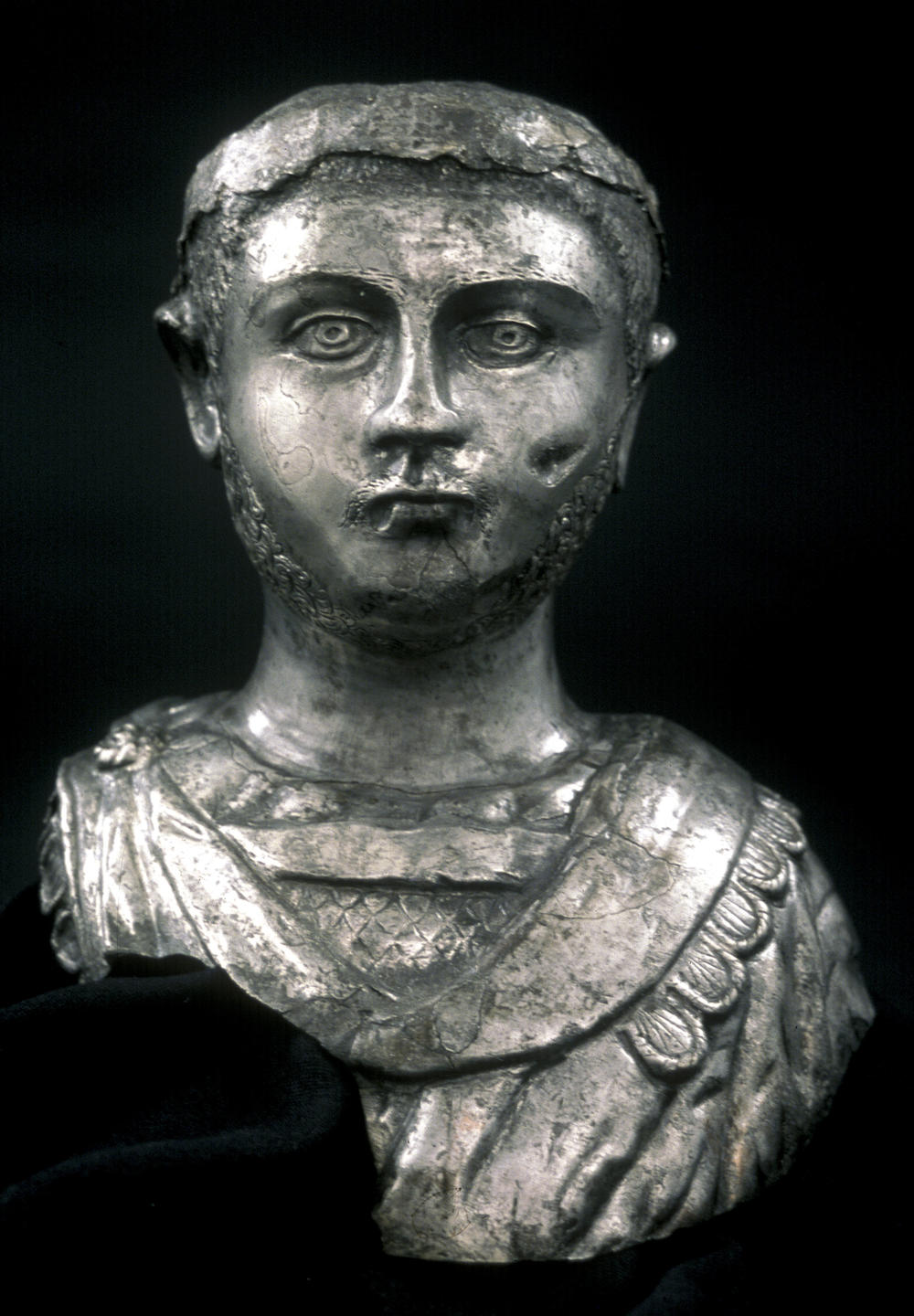
(5/ )
Bas-Empire [235/ 476]
Omnipresence of official portrait
The laurel wreath and military costume make it possible to recognize a Roman emperor here. This would be Gallien or Caracalla, but the personal features - the massive head, mustache and beard - fade away in favor of the function. Small in size and made of precious metal, this statue may have been given by the emperor or financed by wealthy citizens of Lyon. The face of the emperor was displayed in public places but individuals could also own a private representation, showing their loyalty.
Treasury of Vaise political figure (military leader) Details on the subject: bust of a rather young man, wearing a cuirass and a military coat (paludamentum). Face with very regular features, with a very slight shape; he has a beard and a short moustache. On the thin hair, a crown of foliage (laurel?). The coat, decorated on the shoulders with elements in the form of tongues, is clasped on the right shoulder by a large circular fibula. Under the coat, a flexible cuirass with scales, bordered by a wide, more rigid band around the neck. It could be the emperor Gallien (reign: 259-268)
.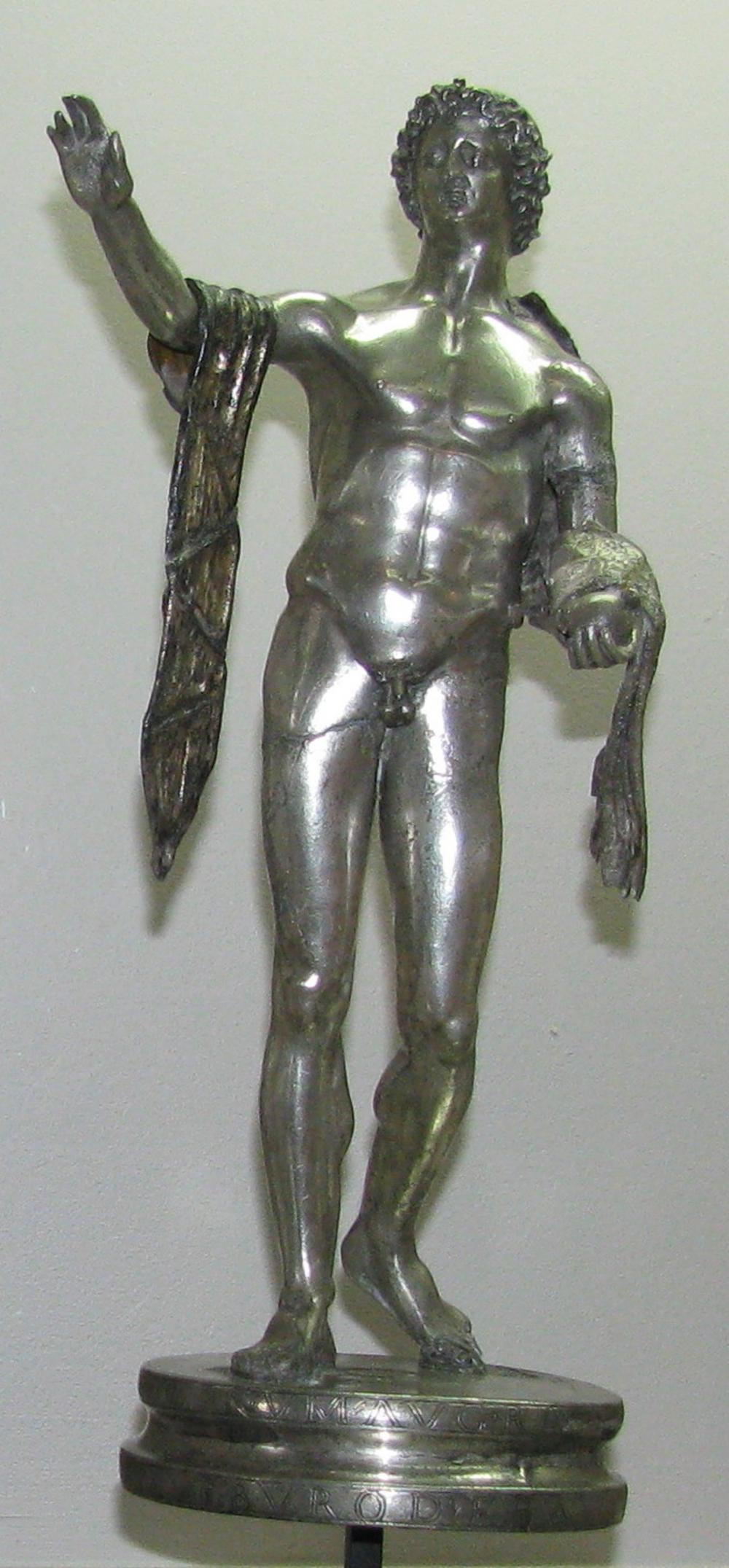
(6/ )
Bas-Empire [235/ 476]
A god with a human face
In Gallo-Roman mythology, the gods take on the appearance of human beings and are recognizable from a few characteristics or attributes. Here the figure is naked, muscular, young-looking, with long, curly hair. He holds a small globe in his left hand. A cloak is thrown over his shoulders and covers his arms. This is Helios, god of the Sun personified among the Greeks, likened to Apollo among the Romans. He is the god of life and creation, source of life and regeneration.
Piece belonging to the Lyon-Vaise treasure
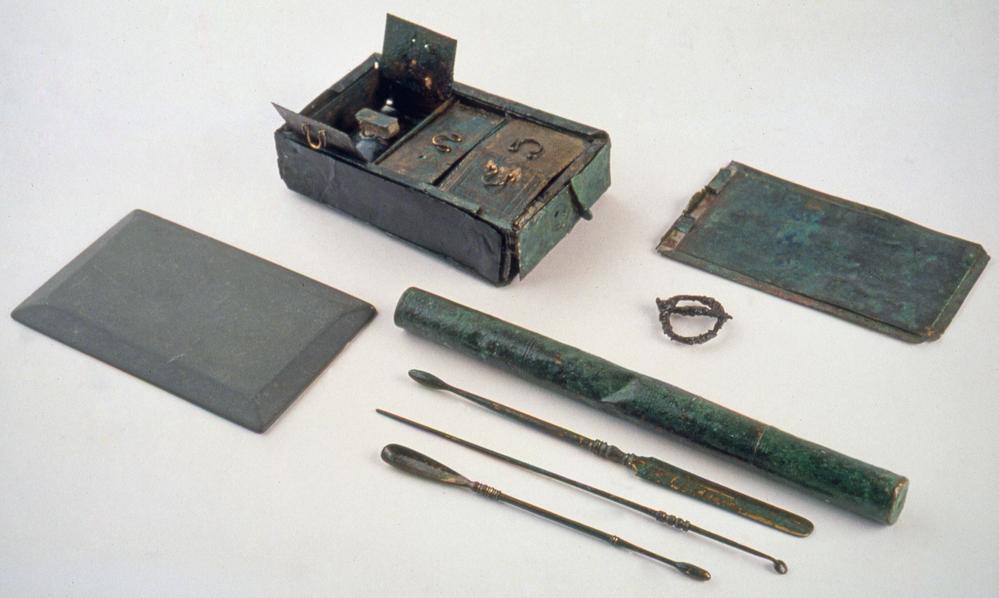
(7/ )
Early Imperial [27 / 235]
Small box with four compartments to contain eye drops, a stone palette for their preparation, three instruments contained in a tube and a small buckle.
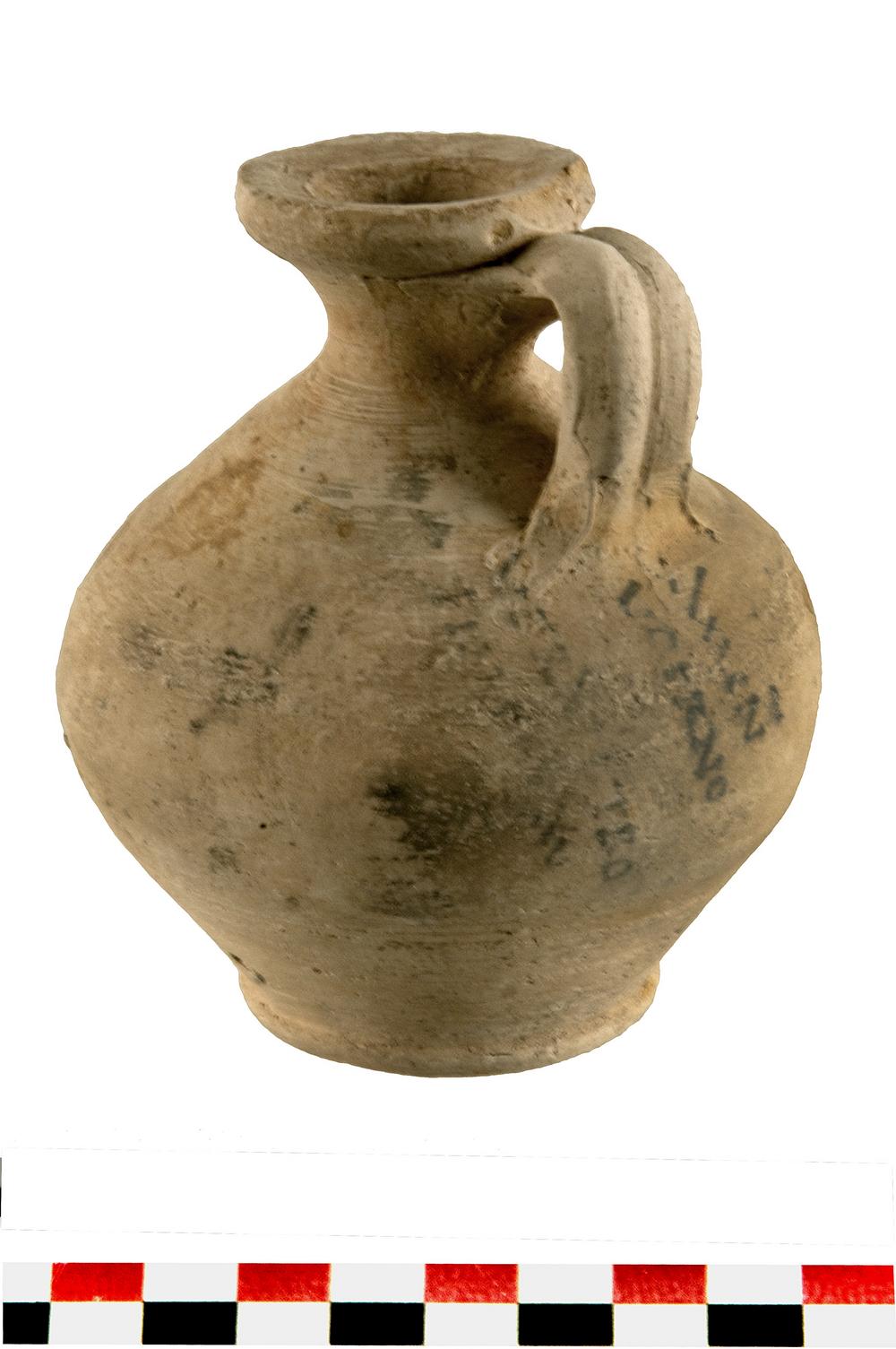
(8/ )
Early Imperial [27 / 235]
Painted label: AMIN (eum) (transcription) Amineum (one of the most famous grape varieties of Italy) (translation); on the belly
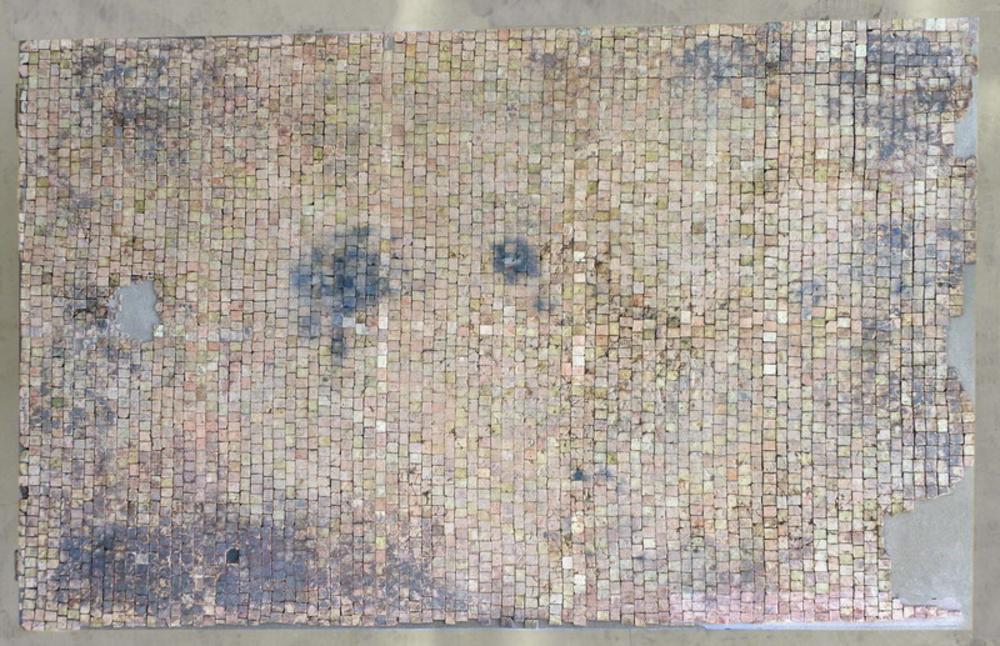
(9/ )
Early Imperial [27 / 235]
The tomettes are laid in a row with the joints staggered, almost isodomous, alternating lengthwise and widthwise. The surface bears traces of fire. This pavement covered the floor of the kitchen.
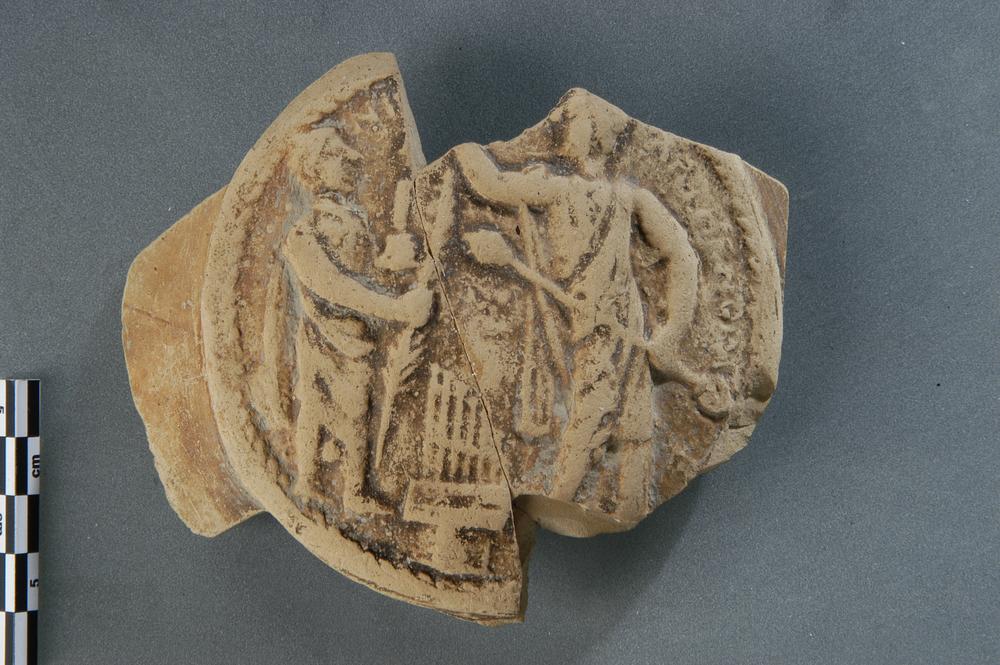
(10/ )
Early Imperial [27 / 235]
On the right, the actor Parthenopaeus, standing to the left. In his left hand, he holds a double thyrse, his right arm is raised. He is wearing a tunic and a peplum. Opposite him, a man wearing a toga is holding a palm in his right hand; in his left he is holding a volumen (scroll of manuscripts). Between the two men, a hydraulic organ. NI(ca) PARTHENOPAEE: Parthenopaeus! (translation); along the frame
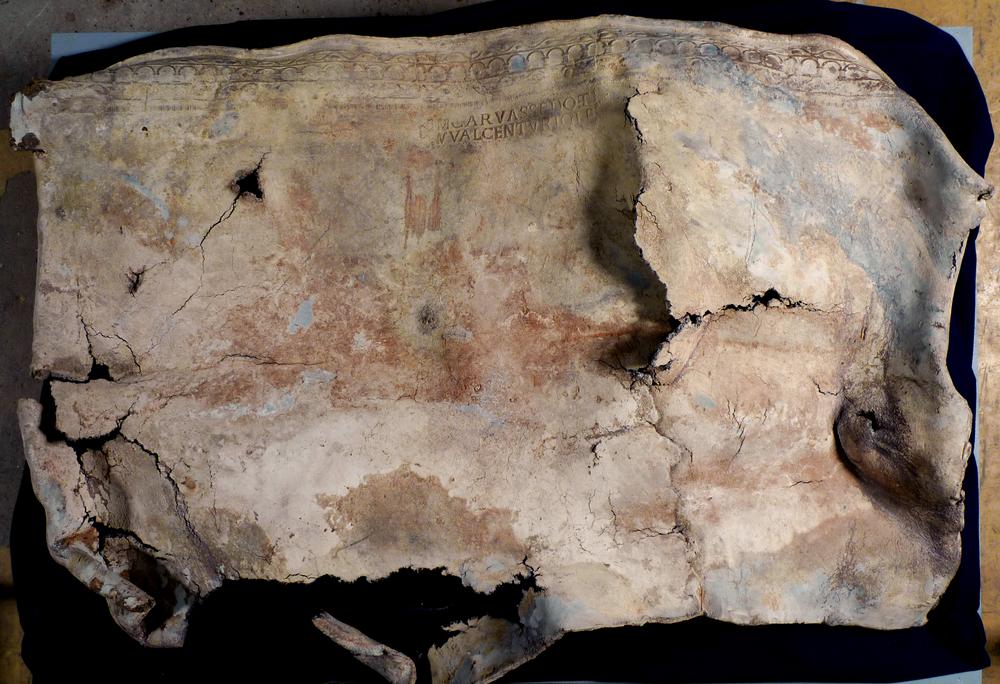
(11/ )
Early Imperial [27 / 235]
Maker's mark present: M(arcus) Car() Vassedo et / M(arcus ?) Val(erius) Centurio L(ugduni) f(ecerunt) (transcription); on each of the two fragments of plate; Lugdunum (inscribed place)
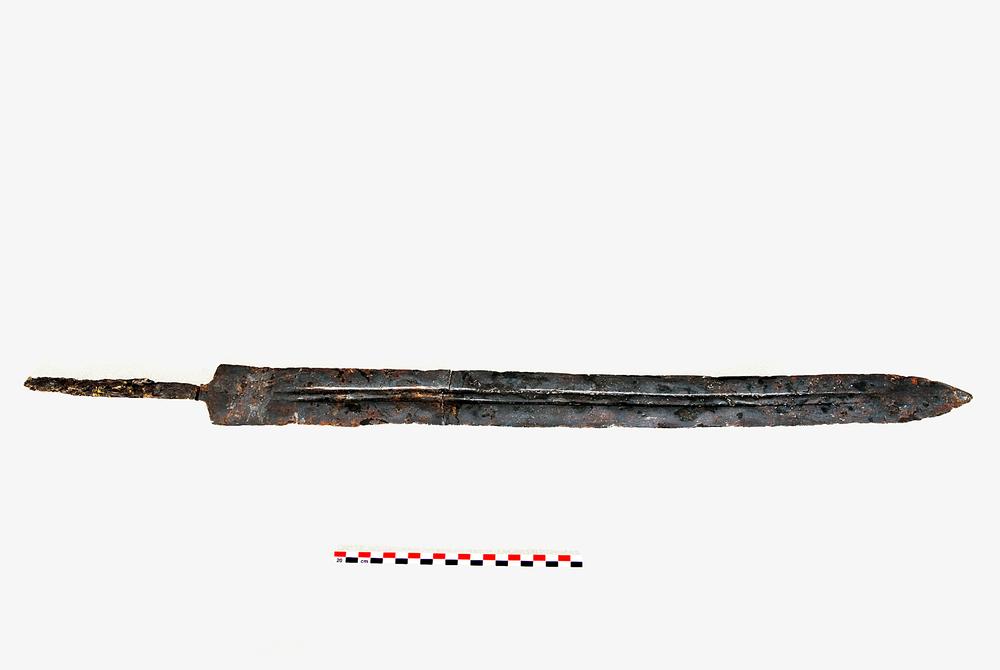
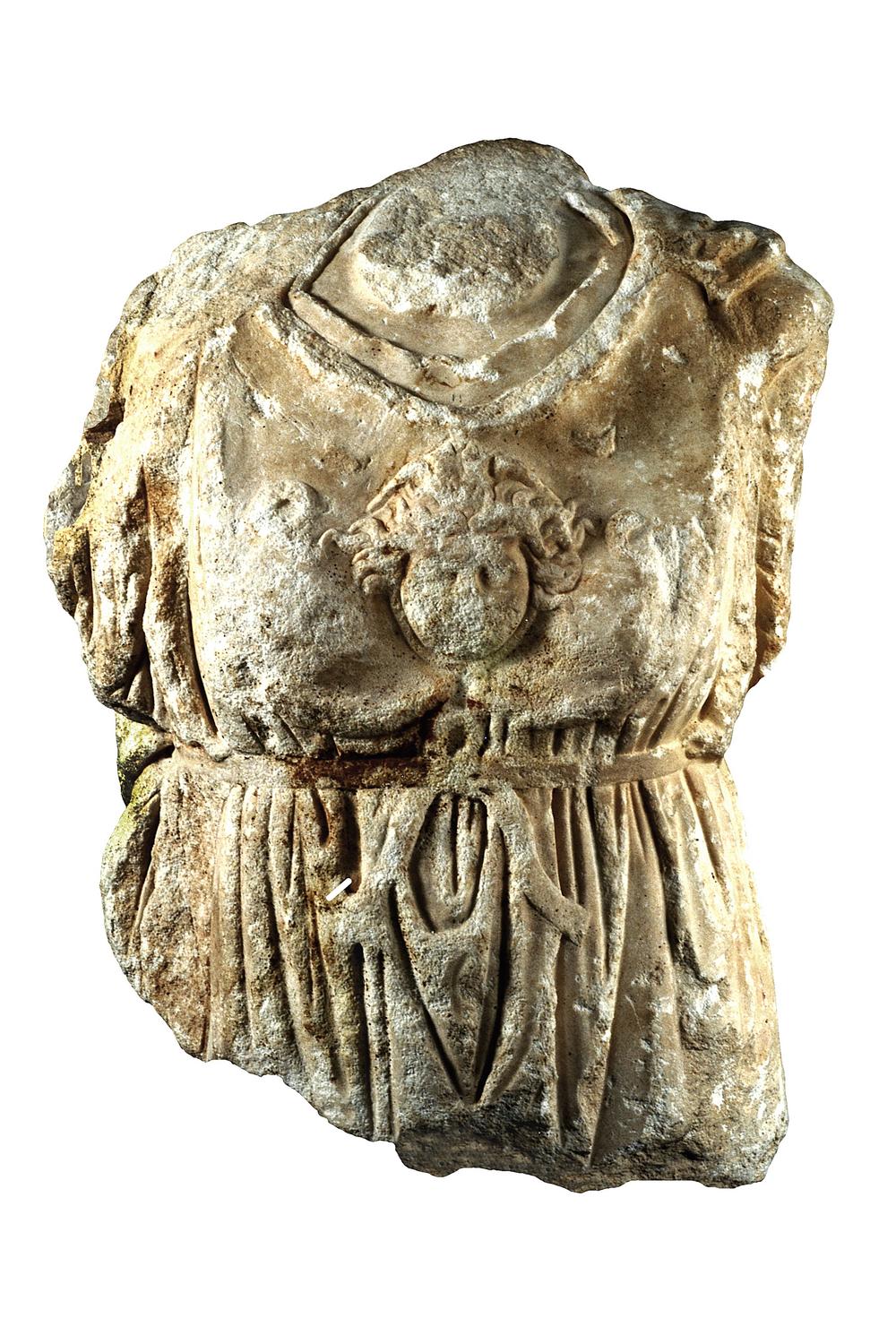
(13/ )
Early Imperial [27 / 235]
This fragment belonged to a colossal figure of Minerva, probably a cult statue. The colossal female statue is standing in a frontal position, probably leaning on her left leg. She is dressed in a finely belted peplos. The chest is covered with a smooth cuirass decorated with a Gorgon's head. The removal of the head shows that it was slightly turned to the right. At the base of the neck, one can still see the voluminous mass of hair, a low and long bun. The left arm would have been placed along the body slightly backwards. The right arm should have been half raised. The drapery of the peplos is formed of straight and stiff folds at the front, scrupulously flat. At the back, the drapery is simplified. The skin of the marble is polished without excessive care.
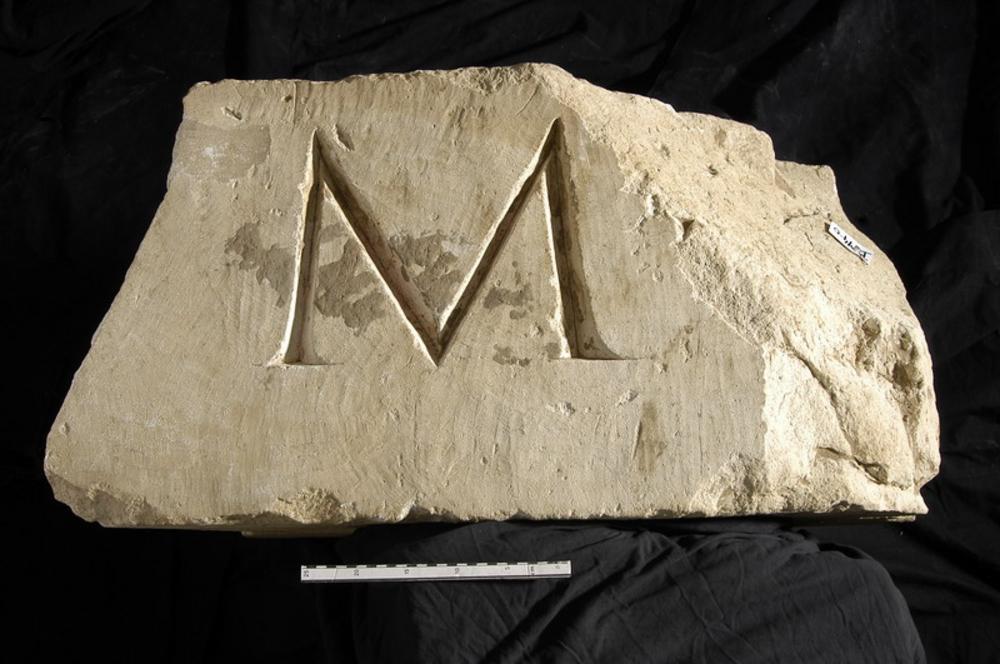
(14/ )
Early Imperial [27 / 235]
[Mr. / [---]; Dedication of a shrine
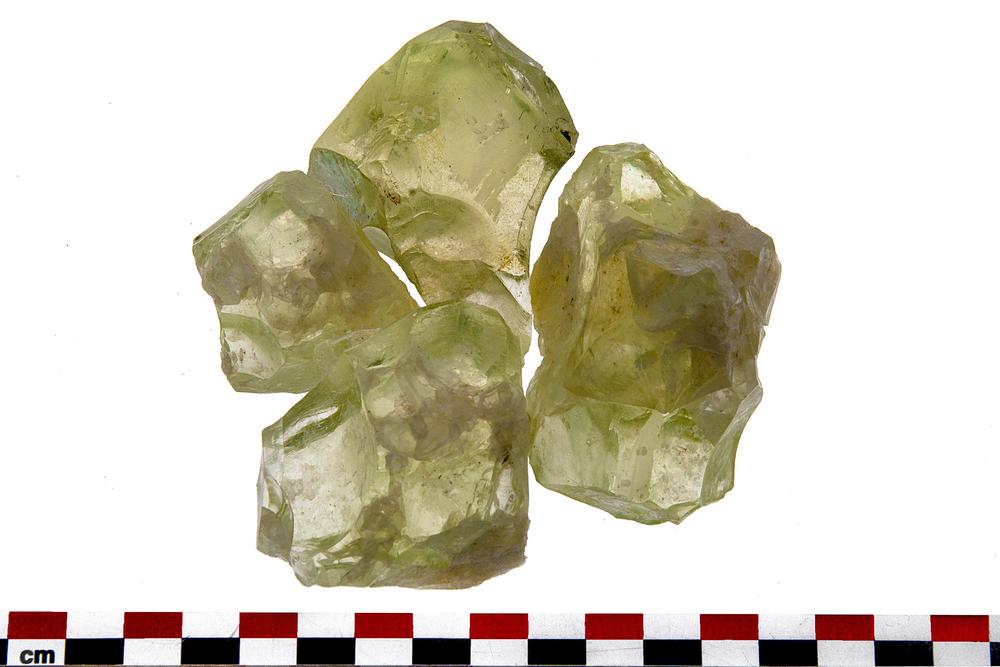
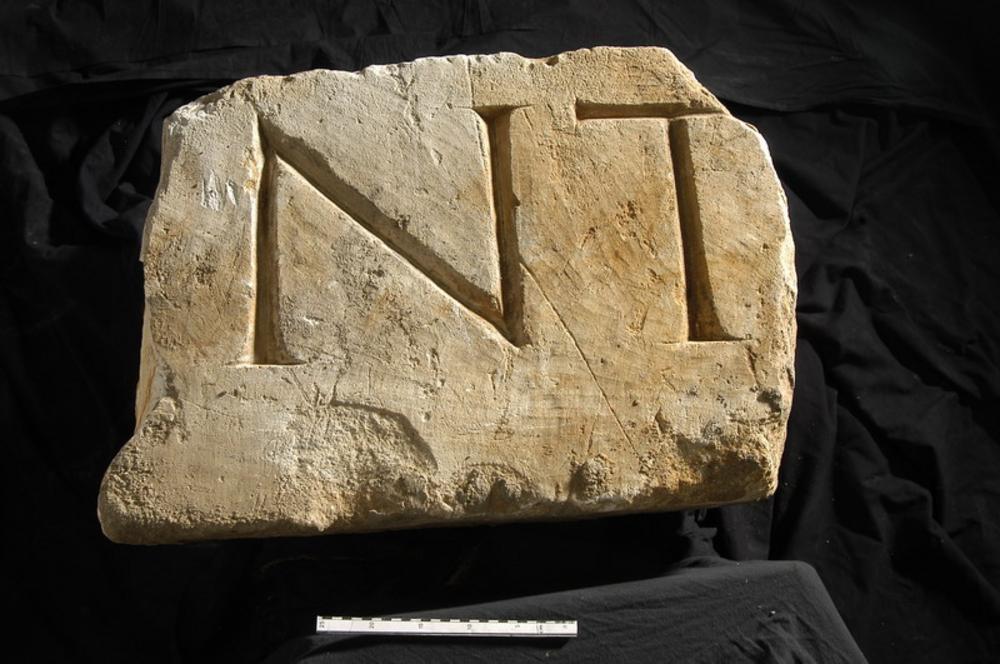
(16/ )
Early Imperial [27 / 235]
[--- ] / NT / [---] ; Dedication of a sanctuary
(17/ )
Early Imperial [27 / 235]
[---] / ICVM CV / [---]; Dedication of a shrine
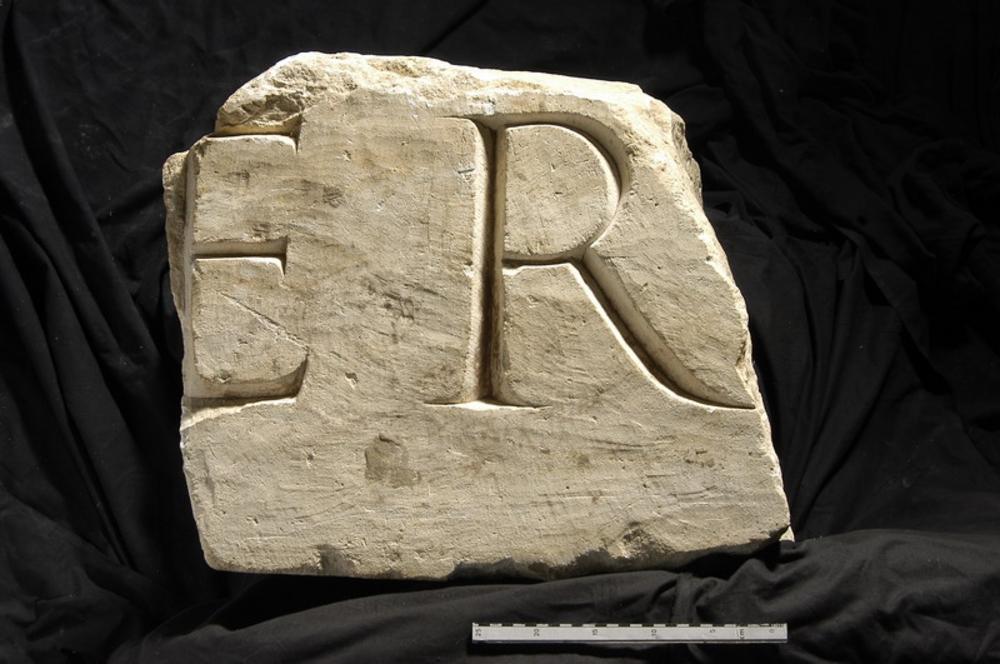
(18/ )
Early Imperial [27 / 235]
[---] / ER / [---]; Dedication of a shrine
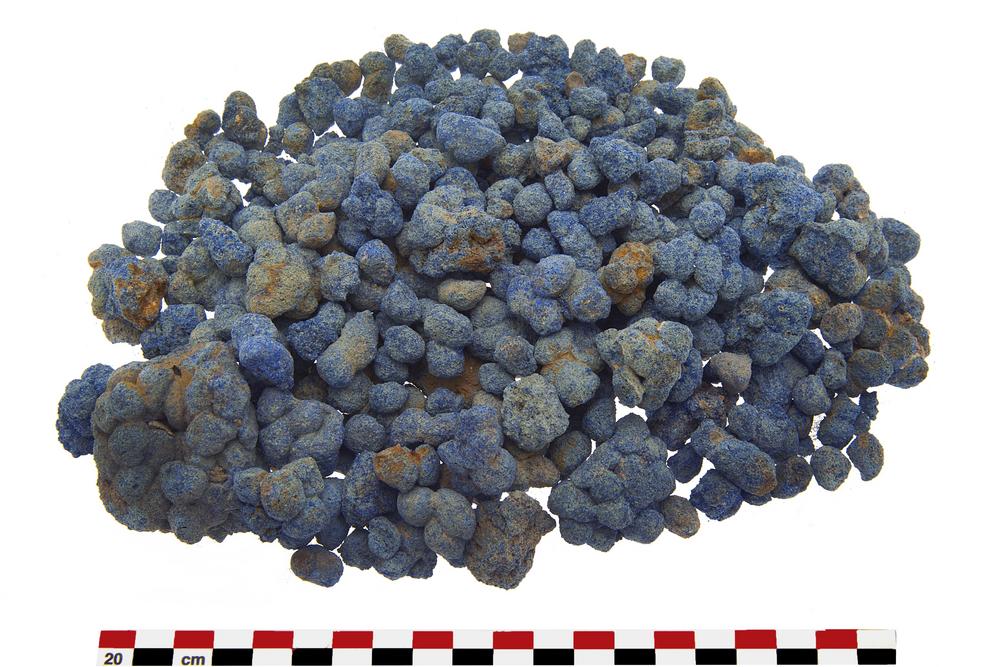
(19/ )
Early Imperial [27 / 235]
Blue pigment pellets, copper based (Egyptian blue, caeruleum)
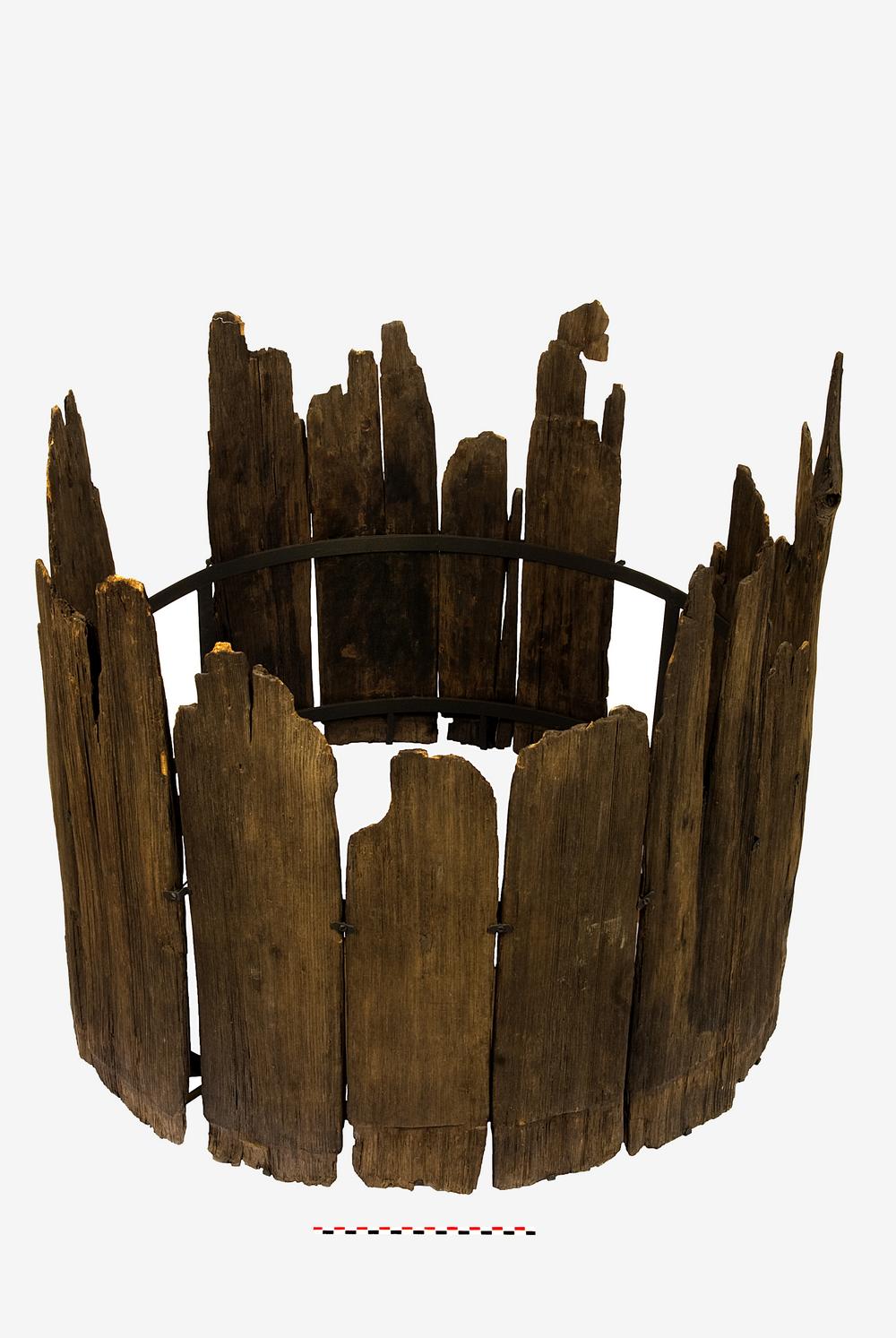
(20/ )
Early Imperial [27 / 235]
18 staves, 17 in fir and 1 in pine, and trace of an external vegetable ring (not preserved); groove at the base for the embedding of the bottom disappeared; locally, deposit of resin inside the staves; these bear three iron inscriptions.
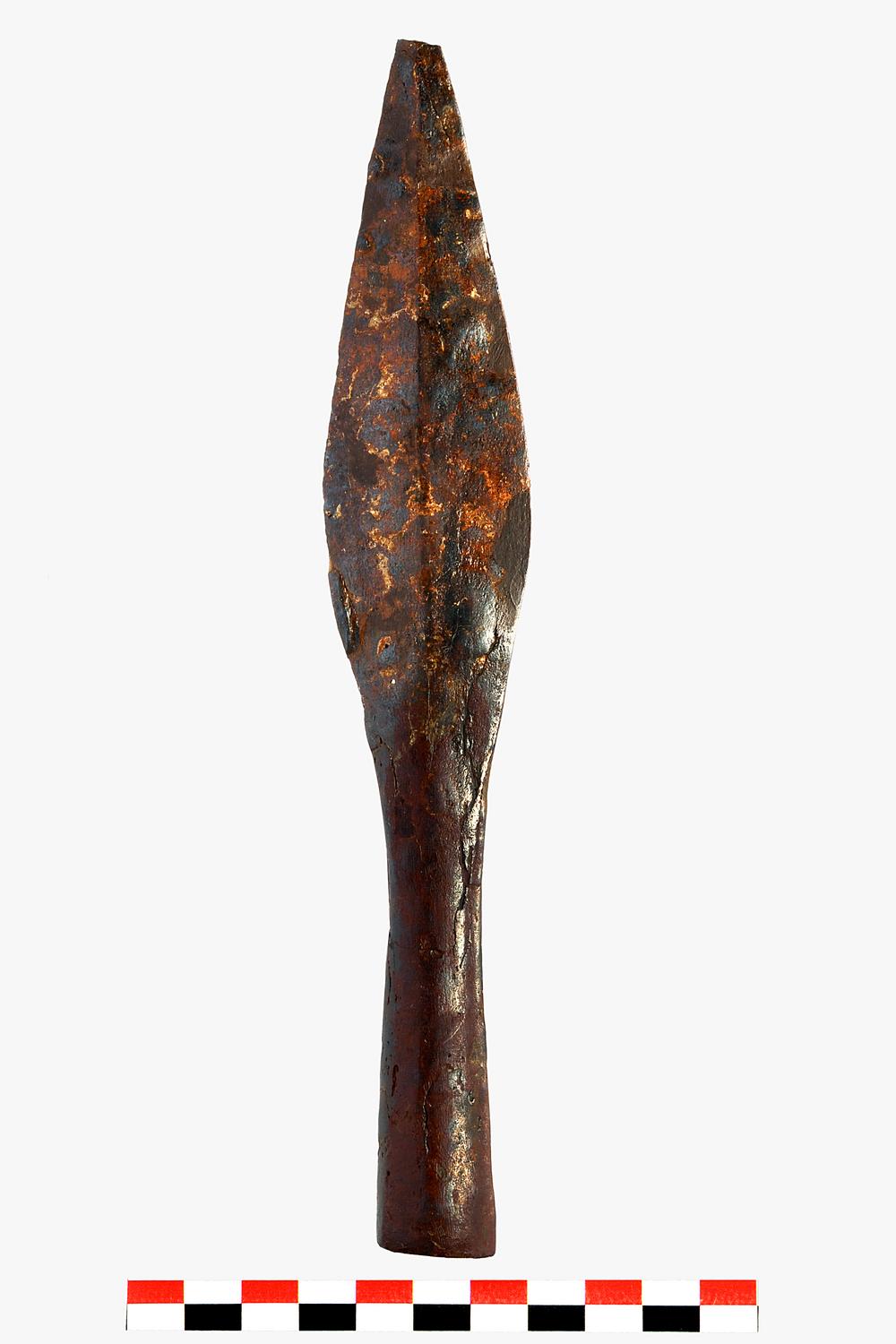
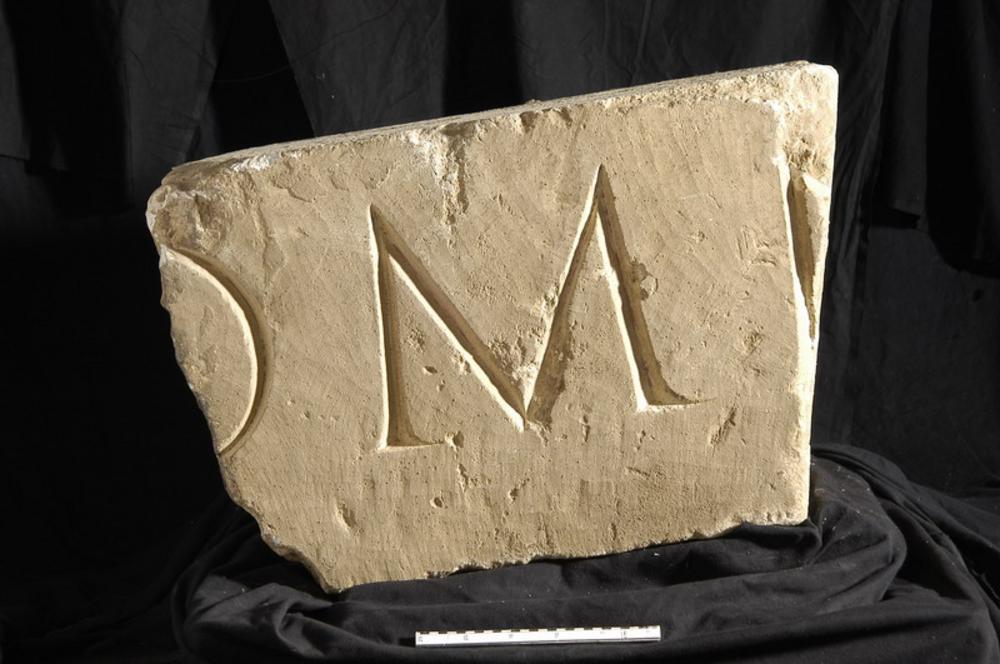
(22/ )
Gallo-Roman [- 50 / 476]
[--- ] / OMN / [---] ; Dedication of a sanctuary
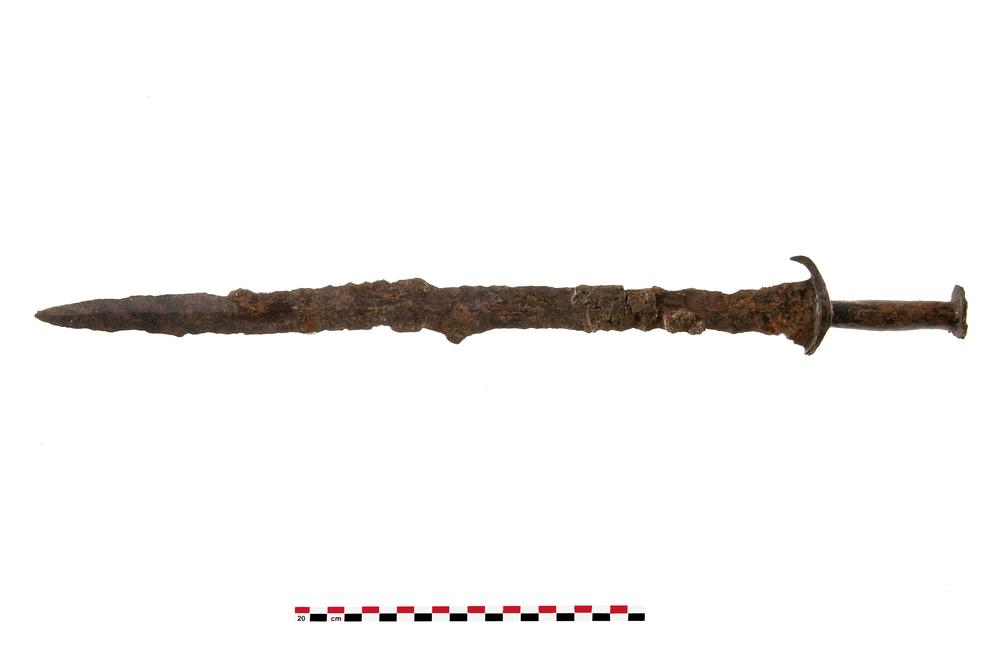
(23/ )
Deposited in the grave of a man who died between 25 and 30 years old, to the right of the thorax

(24/ )
Early Imperial [27 / 235]
Masueti (transcription) (horse) from Masuetus (translation). Clear sigillated ceramic B.- border: simple torus - exterior glaze: bright orange, glossy - interior glaze: orange, matt - paste: orange. On a ground line, an charioteer standing, face on, helmeted head turned to the left; he wears pants and a long-sleeved tunic; the torso is protected by a horizontally decorated breastplate; the right hand, stretched out, holds the bridle under the neck of a harnessed horse; with the left hand, he holds a large palm; in the background, a palm tree at the top, a garland is attached to the frame; the inscription is in exergue.
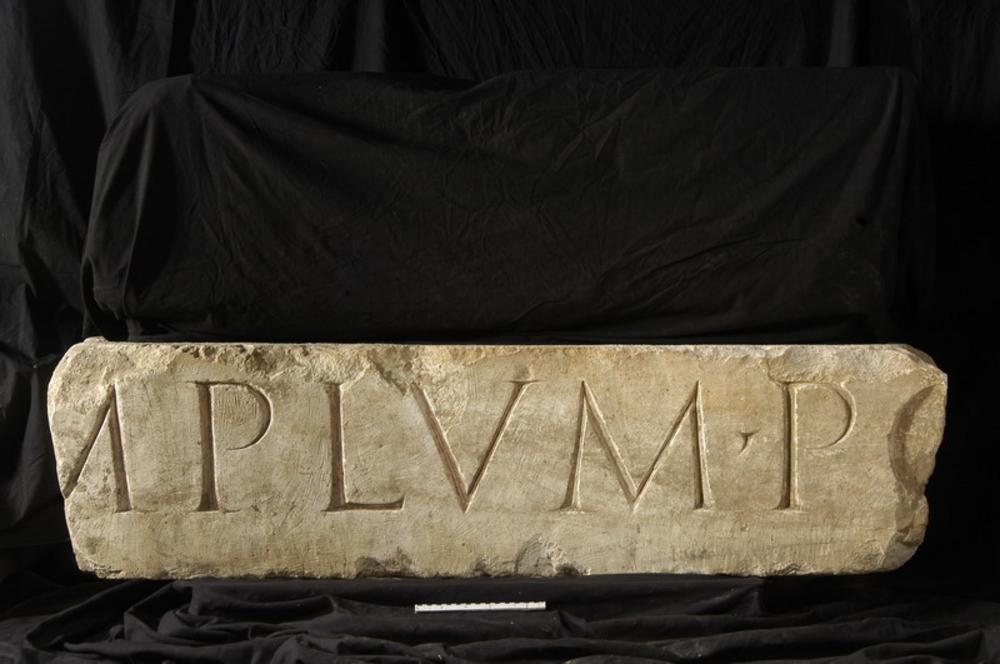
(25/ )
Early Imperial [27 / 235]
[--- ] / MPLVM PO / [---] ; Dedication of a shrine
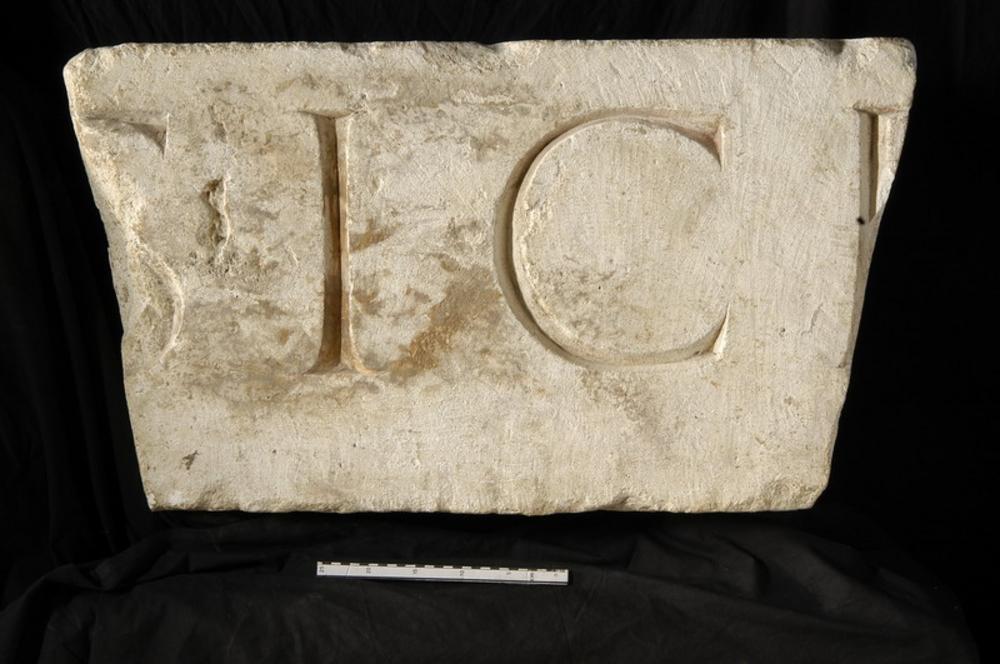
(26/ )
Early Imperial [27 / 235]
[---] / SIC +/ [---] ; Dedication of a sanctuary
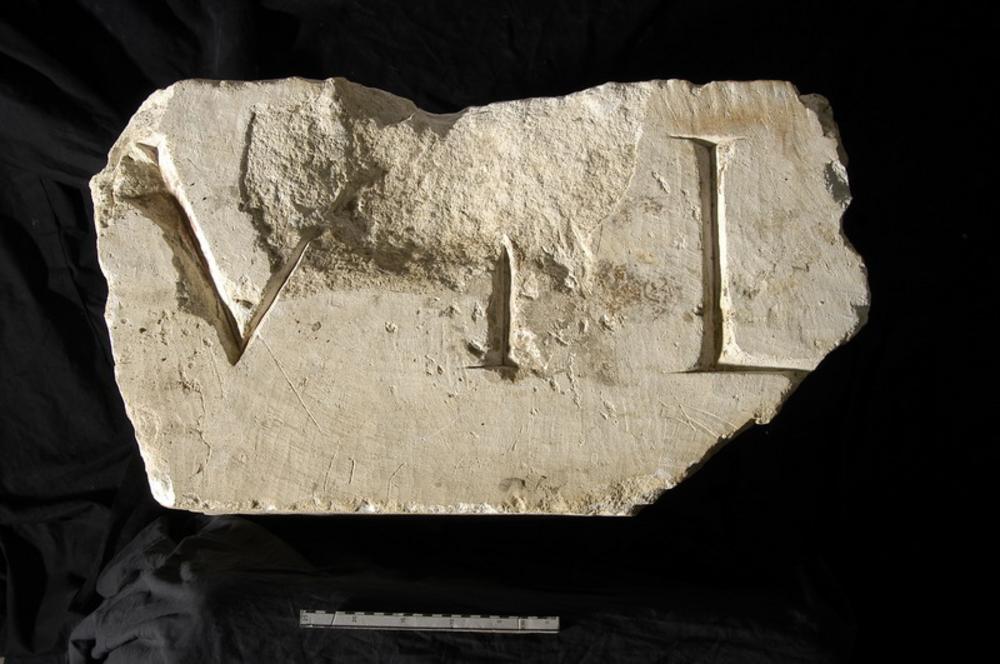
(27/ )
Early Imperial [27 / 235]
[---] / V+L / [---]; Dedication of a shrine